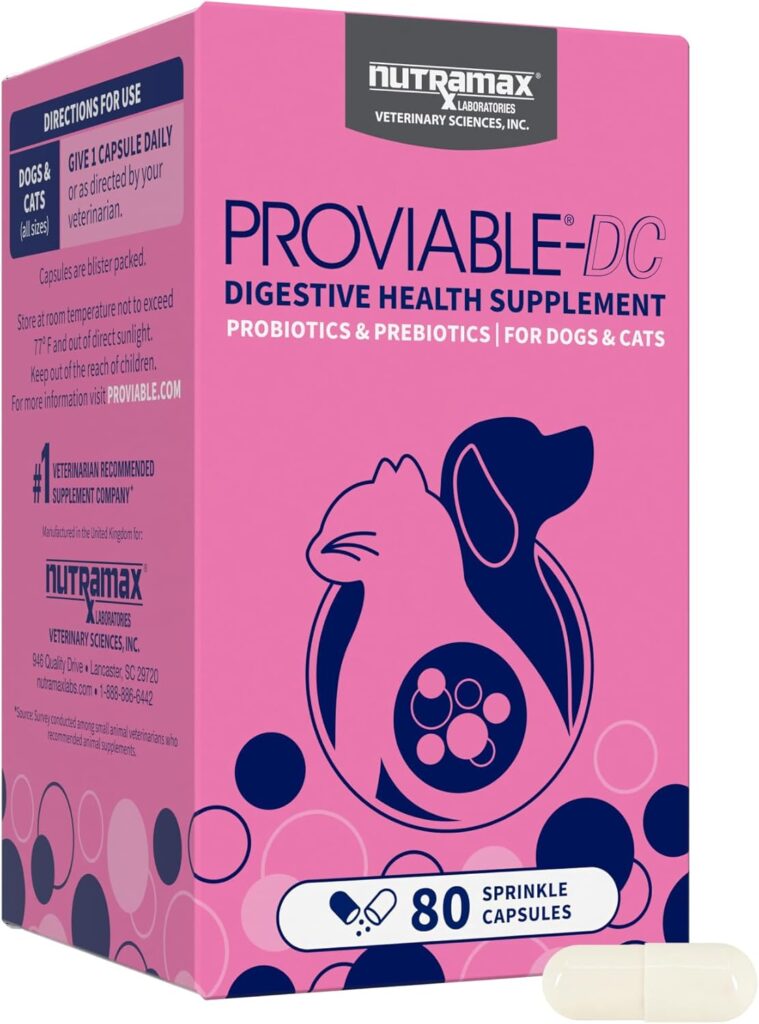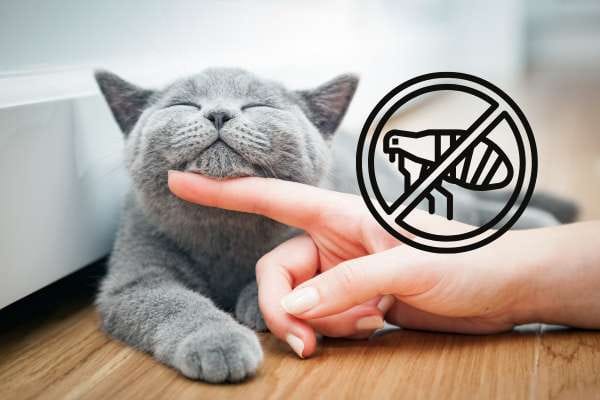
We may earn a commission when you purchase via our links at no extra cost to you.
We only share resources that meet our high standards
Many feline owners mistake seasonal allergies in cats for harmless “colds” or temporary irritations. Yet, when left unmanaged, these allergies can escalate into chronic discomfort, skin infections, and severely compromised well-being. Cats are masters at hiding discomfort, their survival instinct that often delays critical intervention. This guide empowers you to recognize subtle signs and implement vet-approved strategies for lasting relief.
Unmasking the Sneezes: Common Symptoms of Seasonal Allergies in Cats
Seasonal allergies (or atopy) occur when your cat’s immune system overreacts to airborne irritants like pollen, mold, or dust mites. Unlike humans who typically develop respiratory symptoms, cats manifest allergies primarily through skin inflammation and gastrointestinal distress. According to veterinary experts, cat allergy symptoms often include
- Relentless Itching & Skin Trauma: Excessive scratching, especially around the head, neck, and base of the tail. This may progress to miliary dermatitis, some tiny scabs resembling millet seeds.
- Respiratory Distress: Sneezing fits, wheezing, or nasal congestion. Indoor cats are not immune, as pollen enters homes via clothing or open windows
- Ear Infections & Paw Swelling: Recurrent ear inflammation or paw chewing due to allergen contact.
- Hair Loss & Sores: Overgrooming leads to bald patches or eosinophilic granulomas (ulcerated lesions on lips or thighs).
- Digestive Upsets: Vomiting or diarrhea if allergens are ingested during grooming
Why These Symptoms Occur: When allergens penetrate the skin or respiratory tract, the body releases histamine. This triggers inflammation, explaining why 60% of affected cats develop skin infections secondary to itching
Distinguishing Seasonal Allergies from Other Conditions
| Symptomp | Seasonal Allergies | Flea Allergy | Food Allergy |
| Itching Location | Face, ears, paws | Base of tail, back | Head/neck, generalized |
| Nasal Symptoms | Common | Rare | Rare |
| Seasonal Pattern | Spring/Summer flare-ups | Year-round (worse in warm months) | Year-round |
| Response to Steroids | Strong improvement | Moderate improvement | Variable |
Finding Relief Naturally :Your Guide to Home Remedies
Feline health specialists recommend a multi-pronged approach to natural allergy relief for cats, minimizing reliance on pharmaceuticals. These strategies reduce allergen exposure and calm inflammation:
Environmental Control
HEPA Air Purifiers: Trap 99.97% of airborne pollen and dust. Place units in rooms your cat frequents

PuroAir 240 HEPA Air Purifier
- Cleaner Air In Minutes
- Powerful HEPA Filter
- Lab tested and studied to filter the most common household pollutants with ease
- Quietly Cleans 24/7
Weekly Cleaning: Wash bedding in hot water, vacuum upholstery, and use unscented cleaning products. Dust mites thrive in fabric, opt for leather or vinyl furniture covers
Pollen Minimization: Wipe paws with a damp cloth after outdoor access and keep windows closed during high-pollen days.
Dietary Support
- Omega-3 Fatty Acids: Studies show fish oil supplements (with EPA/DHA) reduce skin inflammation by 40%. Dose: 20–55 mg/kg daily
- Probiotics: Balance gut immunity with feline-specific strains like Enterococcus faecium. Avoid human probiotics, they lack species-specific bacteria
- Hydration Boosters: Add broth to wet food to thin nasal secretions and ease congestion.

Nutramax Proviable Probiotics
- A Healthy Gut Supports Overall Health
- Vet Recommended Probiotic
- Clinically Researched
Topical Therapies
Oatmeal Baths: Soothe itchy skin with vet-formulated shampoos. Bathe every 2–4 weeks, avoiding over-washing that strips protective oils

Pet MD – Oatmeal Shampoo for Cats and Dogs for Itch Relief
- Safe and Effective Anti Itching Treatment for Pets Relieves Skin Irritation
- Soap and Alcohol Free Formula
- Relieves Flakiness and Irritation
Hypoallergenic Wipes: Remove pollen from fur with alcohol-free wipes (e.g., Douxo S3 Pyo Pads) after outdoor exposure
Targeted Supplementation
For cats with persistent cat seasonal allergies, a natural oral supplement can provide comprehensive support. BestLife4Pets Cat Allergy & Immune Support combines plant-based bioflavonoids and antioxidants to:
- Reduce histamine-driven itching and sneezing
- Strengthen respiratory defenses against pollen
- Promote skin barrier integrity
Its tasteless, odorless pills just hide in food or dissolve in water. Veterinarians note it’s safe for long-term use alongside other remedies
Pro Tip: “Rotate supplements seasonally. Start omega-3s 1–2 months before allergy season for optimal inflammation control,” advises Dr. Molly Price (DVM)
Beyond Home Care: When to Consult Your Vet
While natural remedies alleviate mild cases, certain red flags demand professional care. Schedule an immediate vet visit if your cat shows:
- Labored breathing or open-mouth panting (suggests asthma complicating allergies)
- Thick yellow/green nasal discharge or blood (indicates bacterial infection)
- Sores that ooze pus or won’t heal (signs of deep infection)
- Lethargy or appetite loss (risk of dehydration or hepatic lipidosis)
Vets diagnose through:
- Intradermal skin testing or serum allergy tests to identify triggers.
- Food trials (8–12 weeks) to rule out dietary allergies.
- Biopsies for persistent skin lesions
Treatment may include:
- Prescription Antihistamines: Cetirizine (Zyrtec®) or chlorpheniramine—never use human formulas without dosing guidance.
- Immunotherapy: Custom “allergy shots” that desensitize your cat to specific allergens over 6–12 months.
- Targeted Pharmaceuticals: Atopica® (cyclosporine) for severe atopic dermatitis, or antiviral drugs like famciclovir if herpesvirus is implicated.
| Symptom | Possible Cause | Urgency Level |
| Straining in Litter Box | Urinary blockage (life-threatening) | ER visit within 1–2 hours |
| Swollen Face/Eyes | Anaphylactic reaction | ER immediately |
| Violent Vomiting/Diarrhea | Toxin exposure or IBD | ER within 12 hours |
| Hiding + Fever >104°F | Systemic infection | ER within 6 hours |
Conclusion: Restoring Comfort, One Season at a Time
Managing cat seasonal allergies requires vigilance but is deeply rewarding. By recognizing cat allergy symptoms early, whether it’s a subtle increase in scratching or a sudden sneezing fit. You should empower yourself to intervene compassionately. Integrate natural allergy relief for cats like environmental controls and omega-3s as foundational care, and supplement with vet-recommended products like BestLife4Pets for holistic support.
Remember: You are not alone in this journey. As Dr. Sarah Wooten (DVM) affirms, “Allergies can’t always be cured, but with consistent management, every cat can enjoy a comfortable, joyful life”. When in doubt, partner with your veterinarian. They’re your ally in ensuring your feline friend thrives through every season.
Also Read:
– Discover Allergies in Cats & How to Treat Them Naturally
– Top 8 Natural Flea Remedies for Cats







